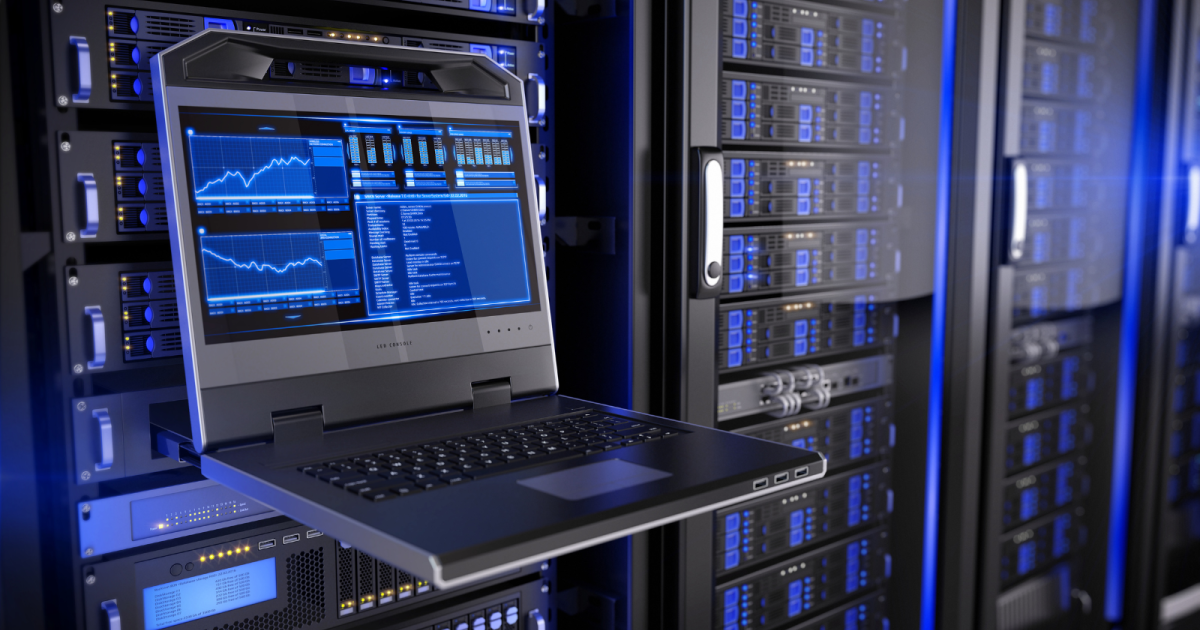Introduction: The Engine Behind Data-Intensive Advancements
High-performance computing (HPC) refers to the use of powerful supercomputers and parallel processing techniques to solve complex problems and process massive datasets at exceptionally high speeds. In a world increasingly reliant on data-driven insights, HPC plays a critical role in areas such as scientific research, climate modeling, financial simulations, autonomous vehicles, genomics, and artificial intelligence.
As the demand for precision, speed, and scalability grows across industries, HPC is becoming the foundational technology for unlocking the next wave of innovation. High performance computing market is projected to grow to USD 78.25 billion by 2032, exhibiting a compound annual growth rate (CAGR) of 7.12% during 2024-2032.
Core Architecture and Processing Capabilities
HPC systems are designed around massively parallel architectures that combine thousands of CPUs and GPUs, working together to handle trillions of calculations per second. Unlike standard computers that process tasks sequentially, HPC systems break down tasks into smaller workloads and execute them simultaneously.
These architectures include clusters, grids, and hybrid computing environments that integrate local and cloud-based resources. The high throughput and low-latency networking between nodes enable seamless communication and workload distribution, maximizing computational efficiency.
Applications Across Scientific and Industrial Domains
HPC is a cornerstone in scientific research, powering simulations that model the behavior of molecules, planets, and particles. In healthcare, HPC accelerates drug discovery by simulating molecular interactions and predicting compound efficacy before clinical trials. Meteorologists use HPC for climate prediction and real-time weather forecasting with unprecedented accuracy.
Aerospace engineers simulate flight conditions and structural stress using HPC-based models, reducing the need for physical prototypes. In manufacturing, digital twins and computational fluid dynamics (CFD) simulations improve product designs and production processes. The ability to run billions of calculations in parallel is transforming how industries innovate and solve grand challenges.
HPC in Artificial Intelligence and Machine Learning
High-performance computing and AI are increasingly intertwined. Training deep neural networks requires massive computational power, especially when working with large datasets and complex models. HPC systems equipped with GPUs and AI-optimized processors like NVIDIA’s A100 or AMD’s MI300 are used to accelerate model training and inference.
Applications include natural language processing, image recognition, recommendation systems, and autonomous vehicle development. In financial services, HPC-powered AI models detect fraud patterns and optimize investment portfolios in real time. The fusion of HPC and AI allows organizations to move from data collection to actionable insights at record speed.
Cloud-Based HPC and On-Demand Scalability
Traditionally, HPC systems were confined to on-premise supercomputing centers. However, the rise of cloud computing has democratized access to HPC resources. Cloud providers like AWS, Microsoft Azure, and Google Cloud offer scalable, pay-as-you-go HPC clusters that eliminate the need for costly infrastructure investments.
Organizations can now provision thousands of compute cores within minutes, run simulations or models, and release resources when tasks are complete. Hybrid HPC models that blend on-premise and cloud computing enable greater flexibility, burst capacity, and workload optimization. This shift is making HPC accessible to startups, academic institutions, and smaller enterprises.
Networking and Storage Infrastructure
The efficiency of HPC systems depends not only on computational power but also on high-speed interconnects and robust storage solutions. Technologies like InfiniBand and Intel Omni-Path ensure ultra-low latency and high-bandwidth communication between compute nodes. Storage systems must support high I/O throughput to handle real-time data streams and large-scale simulations.
Parallel file systems such as Lustre and GPFS are commonly used to manage petabytes of data with minimal bottlenecks. As datasets continue to grow, innovations in non-volatile memory (NVM), solid-state drives (SSD), and hierarchical storage management are becoming essential to HPC performance.
Energy Efficiency and Sustainability Challenges
As HPC systems grow in size and complexity, their energy consumption becomes a major concern. Supercomputing centers can consume megawatts of electricity annually, raising sustainability and cost issues. Modern HPC designs emphasize energy efficiency through advanced cooling technologies, dynamic power management, and low-power processors.
Liquid cooling and immersion cooling systems are being deployed to reduce heat and optimize power usage effectiveness (PUE). The push toward green HPC also includes powering data centers with renewable energy sources and using AI to optimize resource allocation. Balancing performance and sustainability is key to the long-term viability of HPC infrastructure.
